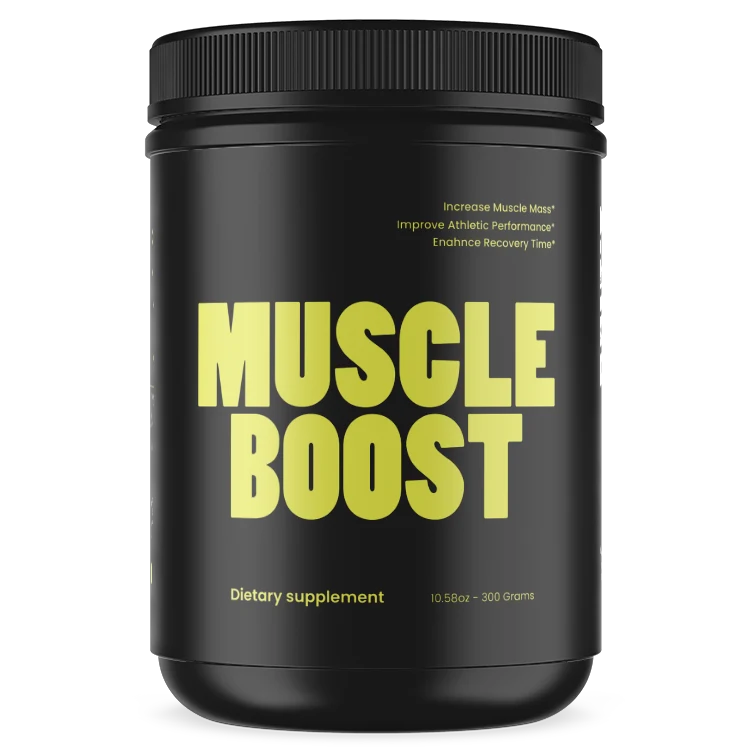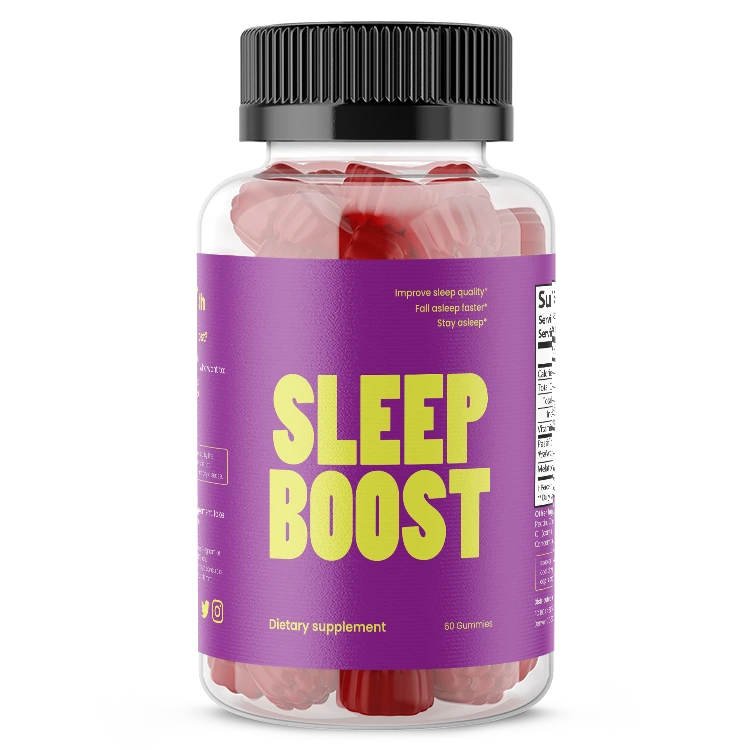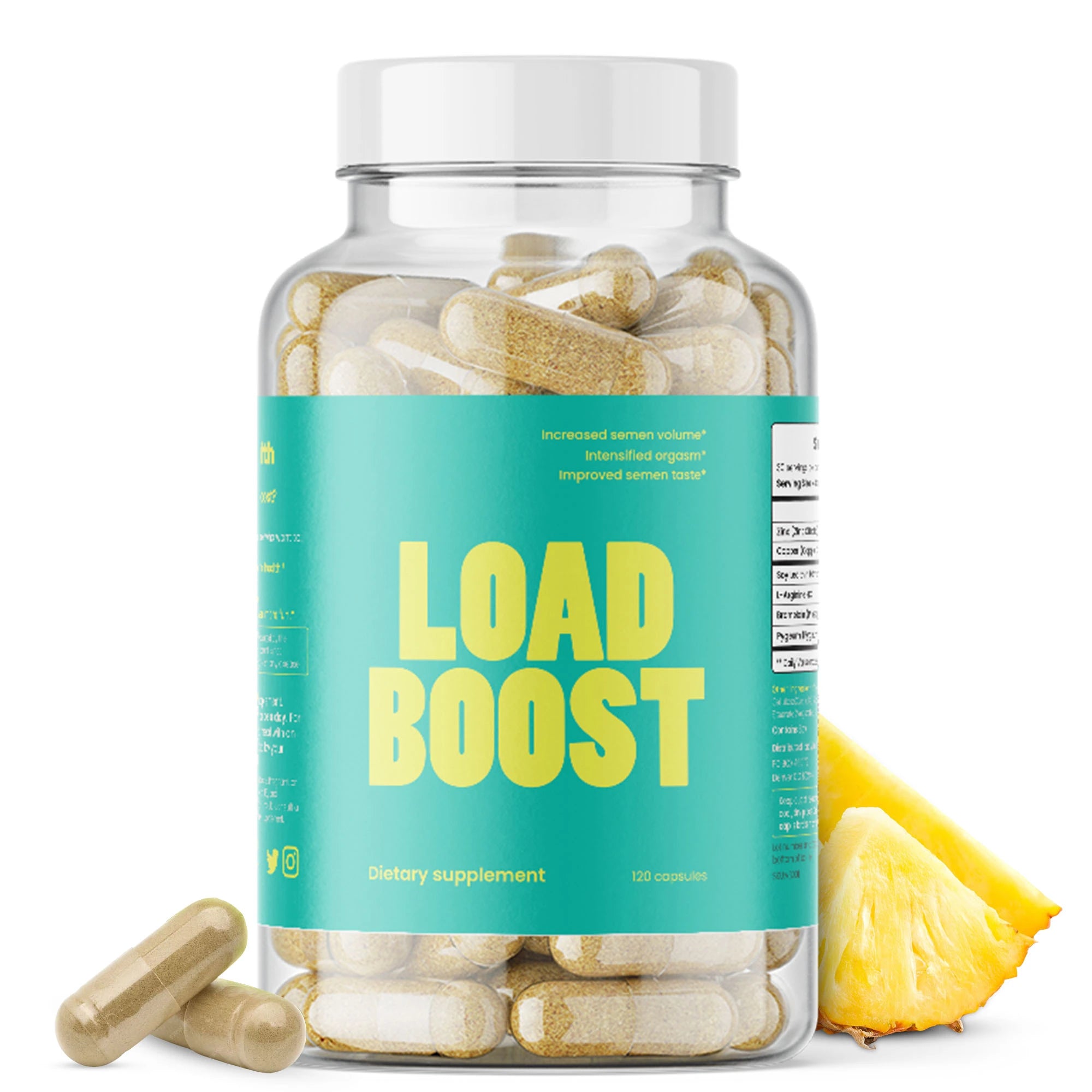Experiencing pain in the vagina after sexual intercourse, known scientifically as dyspareunia, can be distressing. This article provides an informative exploration of the causes and potential treatments, backed by scientific sources.
Lack of Lubrication
Inadequate lubrication is a common cause of vaginal pain post-intercourse. It can be due to hormonal changes, certain medications (like antidepressants, high blood pressure drugs, antihistamines, some birth control pills), or insufficient arousal before intercourse. Vaginal dryness leads to friction and irritation during sex, which can be mitigated by using vaginal moisturizers or lubricants. There are many natural remedies for vaginal dryness.
Another option is supplementation. The vaginal health supplement Soaking Wet offers essential probiotics necessary for optimal vaginal function, including lubrication.
Physical and Medical Conditions
Various physical and medical conditions can cause dyspareunia. These include:
- Vaginal Atrophy and Pelvic Floor Dysfunction: These conditions can lead to pain during intercourse. Pelvic floor dysfunction, for example, is characterized by painful vaginal muscles and can be treated with physical therapy, medications, and sometimes injections.
- Vaginitis: Inflammation of the vagina, often due to infections, can cause pain during intercourse. Symptoms include discharge, burning, or odor, and treatment typically involves antibiotics or antifungal therapy.
- Vaginismus: This involves involuntary contraction of pelvic floor muscles during attempted penetration, often related to anxiety, trauma, or no discernible cause. Treatment includes a multidisciplinary approach with therapy, counseling, and sometimes medication.
- Structural or Anatomic Abnormalities: Conditions like endometriosis or uterine retroversion can cause deeper pain during sex.
Psychological Factors
Emotional and psychological factors play a significant role in sexual health. Stress, anxiety, depression, relationship issues, and past sexual trauma can contribute to sexual pain. Addressing these factors through counseling or therapy can be crucial in managing dyspareunia. When in doubt, talk with your partner. We know that communication is the most important thing in any relationship.
Menopausal Transition
A study examining the patterns of sexual activity and the development of sexual pain across the menopausal transition found that factors like being postmenopausal and using hormone therapy, as well as reported vaginal dryness, were strongly associated with sexual pain. The study noted that changes in sexual intercourse frequency did not significantly impact the development of sexual pain.
Conclusion
Dyspareunia is a complex condition that affects a significant portion of women. It can have a range of causes, including physical conditions, psychological factors, and changes during menopause. Understanding these causes, and acting on them, is essential for effective treatment and improving sexual health. Treatments vary based on the underlying cause and can include lubricants, physical therapy, medication, and counseling.
Sources
- Mayo Clinic: Painful intercourse (dyspareunia) - Symptoms and causes.
- PubMed: Patterns of Sexual Activity and the Development of Sexual Pain Across the Menopausal Transition.
- AAFP (American Academy of Family Physicians): Dyspareunia in Women.




